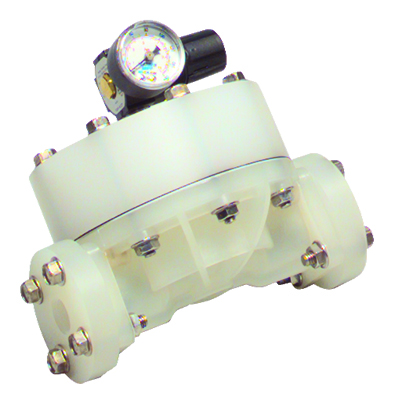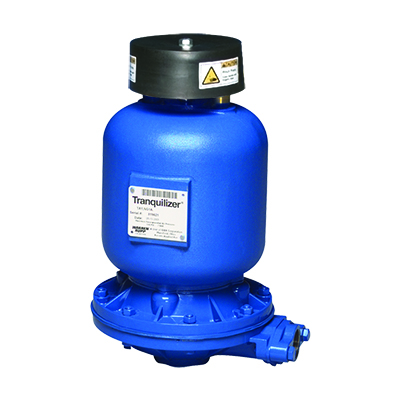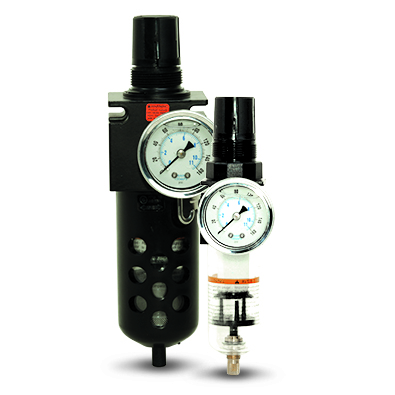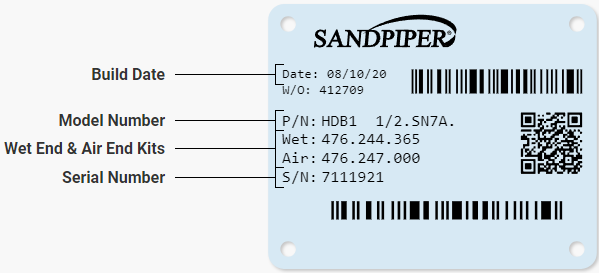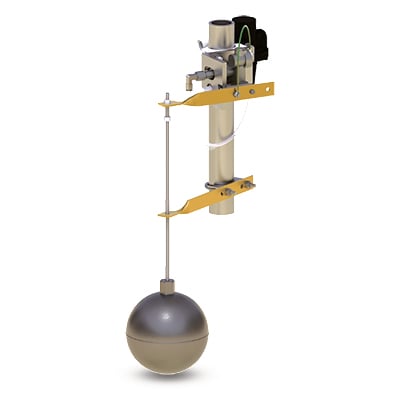Whether you’re working with meat and poultry, processed food, or even personal care products, choosing the right pumps for sanitary and hygienic applications is essential. The right pump can significantly improve your plant’s quality, operational efficiency, and overall profitability, while the wrong pump can create unplanned downtime, drive up costs, and lead to potential safety concerns for your employees and your customers.
Read on to learn how several different types of pumps perform best in food and beverage applications — where consumer health and safety are pump users’ top priorities and cleanability, ease of maintenance, and productivity are important, as well. In this blog post, we’ll review the pros and cons of centrifugal pumps, progressive cavity pumps, and air-operated double diaphragm (AODD) pumps in food and beverage processing.
Centrifugal pumps for food processing
Electric centrifugal pumps are commonly used in food and beverage applications. On the plus side, they are known for their high flow rates. They are ideal for low-viscosity fluids, such as wine or cooking oil. Centrifugal pumps are also compact, simple machines because they don’t have many moving parts. There is a perception that they have lower maintenance costs than AODD pumps, but that’s not necessarily the case. The total cost of ownership is often lower for AODDs in the long run, especially where slurries or suspended solids are involved.
Centrifugal pumps have several disadvantages when it comes to food and beverage processing. First, they are not ideal for viscous, solid-laden fluids, although they do come in “trash” versions that can handle some solids, are self-priming, and are available in up to 10-inch pipe sizes. Centrifugal pumps can’t run dry without mechanical seal damage and they can’t handle cavitation. Their performance degrades as parts wear out, and their rotating seals and packings can be difficult to repair. They are expensive to purchase and implement and can be complicated to install and align. Perhaps the biggest concern with centrifugal pumps is the potential for shearing and damaging the fluids you’re pumping.
| Where are centrifugal pumps best used in food processing? |
| For low-viscosity fluids seeking laminar flow, with limited amounts of solids. Often, in initial stages of food processing for raw ingredient handling and pre-filtration processes, or with clean, easy-to-pump fluids. |
Progressive cavity pumps for food processing
Progressive cavity pumps — also known as progressing cavity pumps are another type of electric pump. They are great for handling viscous fluids, and they preserve the quality of shear-sensitive materials like delicate creams and gels. They also can handle small solids and varying viscosity levels with adjustable speed settings.
There are several downsides to using progressive cavity pumps in food and beverage processing. For instance, they don’t pump low-viscosity and abrasive fluids very well due to potential damage to the unit’s stator. Repairing progressive cavity pumps is labor-intensive and expensive, and it’s complicated to size and select these pumps. Progressive cavity pumps also have limited flow capacity and cannot pump long distances. Plus, they take up a lot of space and require a control system to avoid dry running and deadheading, both of which can damage the pump.
| Where are progressive cavity pumps best used in food processing? |
| In applications where food items will degrade due to mechanical stress. |
AODD pumps for food processing
As their name indicates, AODD pumps run on compressed air, which means no electricity is required to operate them; they can be fully grounded, and it’s easy to vary their flow rates. They are inexpensive to purchase and maintain, and they’re simple to install, fix, and clean. SANDPIPER AODDs, in particular, are rotatable and feature a stand, yoke, and clamps, so you can flip them upside down and easily rinse them out. AODD pumps are also self-priming, which improves productivity, and they handle abrasives, viscous fluids, and solid-containing fluids with ease.
Key benefits specific to using AODDs in sanitary applications include:
- They're shear-free: This makes them ideal for many food- and beverage-processing applications.
- They're available in various sizes and chemically compatible, non-reactive materials, including stainless steel: This allows them to meet any requisite warranties and certifications for food processing, including 3-A, FDA and the EC 1935/2004 Food Contact Materials Standard.
- Their ability to handle any applications that contain mixed solids, sediments, and slurries, including meat and poultry processing: This results in reduced maintenance costs.
- Their ease of use: They're easy to clean and maintain, don’t require electricity, and feature variable flow rates. AODD pumps can also run dry with no damage to the pump or system, they deadhead safely, and they're submersible.
Cons associated with AODD pumps include the fact that they are bottom suction and top discharge, so the fluid fights against gravity and settling solids can fill up pump chambers, reducing performance. Additionally, AODD ball check valves may not be able to handle some solid-containing fluids; AODD flap valve pumps are a better option in these cases. (Learn more about overcoming the challenges of meat and poultry processing, and see the benefits of stainless steel heavy-duty flap valve pumps in our Pig Plant Case Study.)
| Where are AODD pumps best used in food processing? |
| In many food processing applications due to their ability to handle slurries and solid-containing fluids, simple design, ease of maintenance, variable flow rates, and overall versatility. |
As you can see, AODD pumps are often the best choice for food and beverage processing due to their versatility. To learn more about why SANDPIPER’s food and beverage sanitary pumps lead the AODD category and how we can help you solve your pumping challenges, contact one of our experts or your local distributor today.











